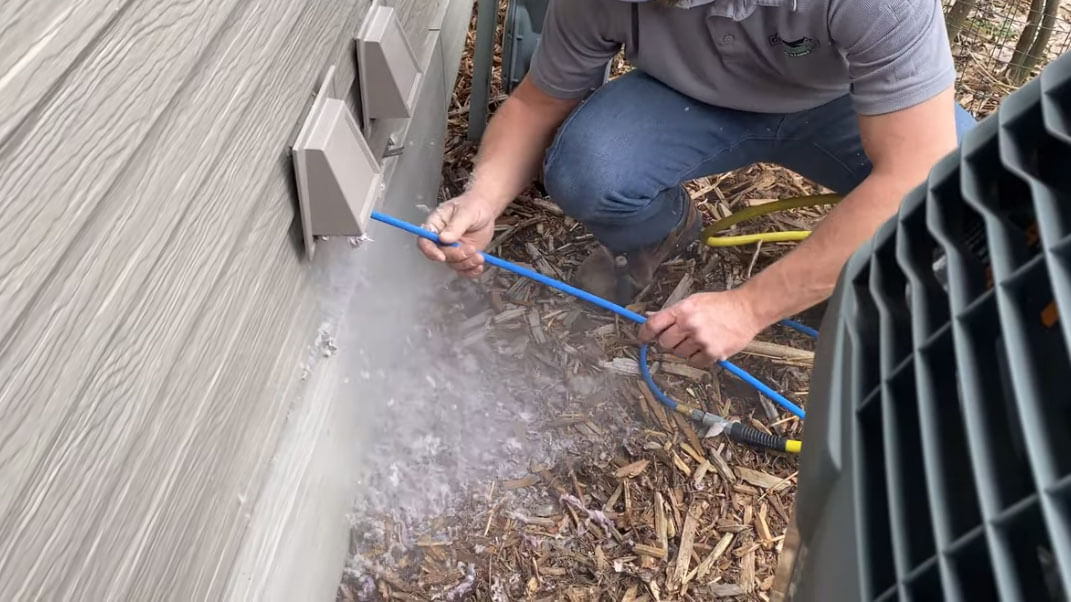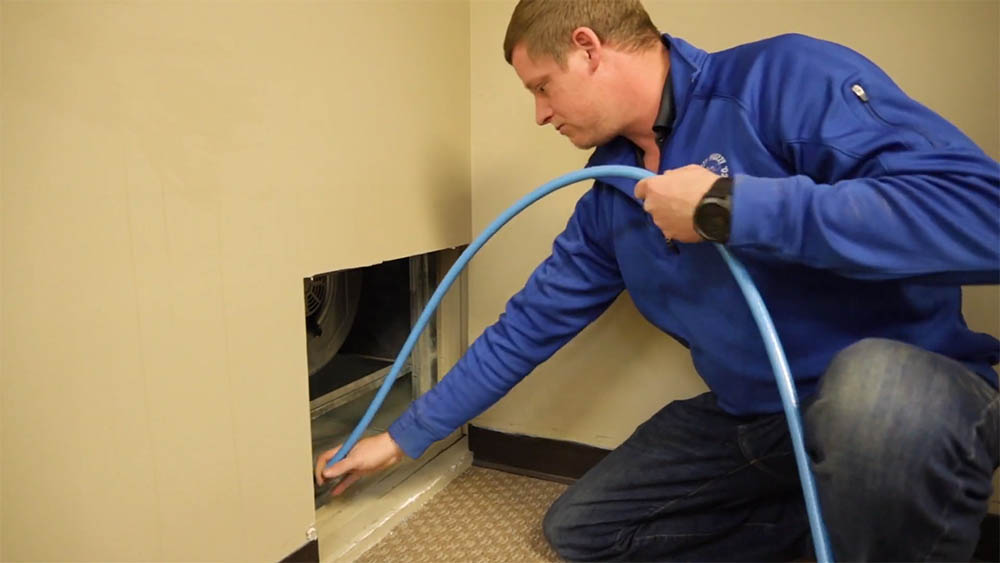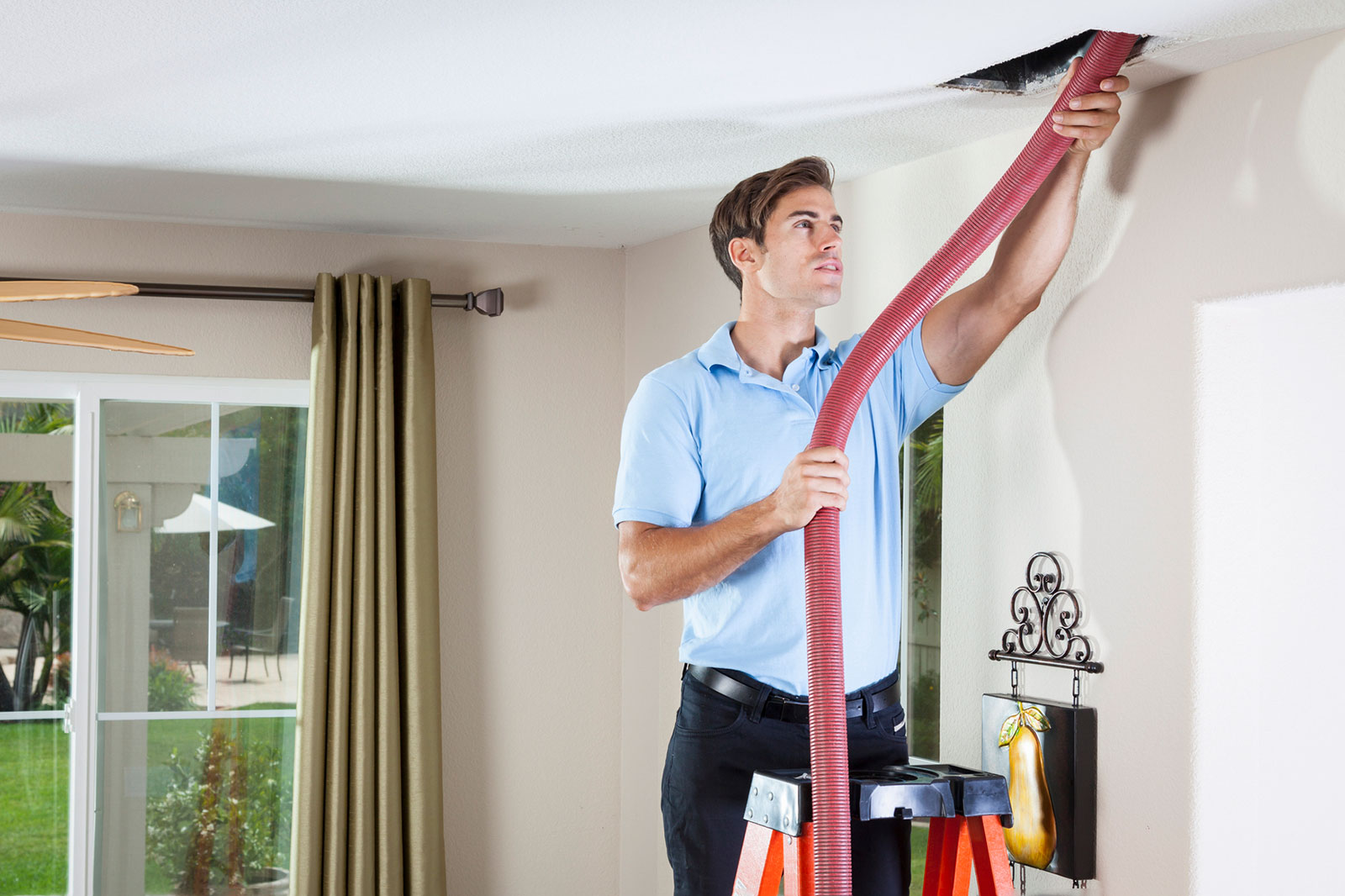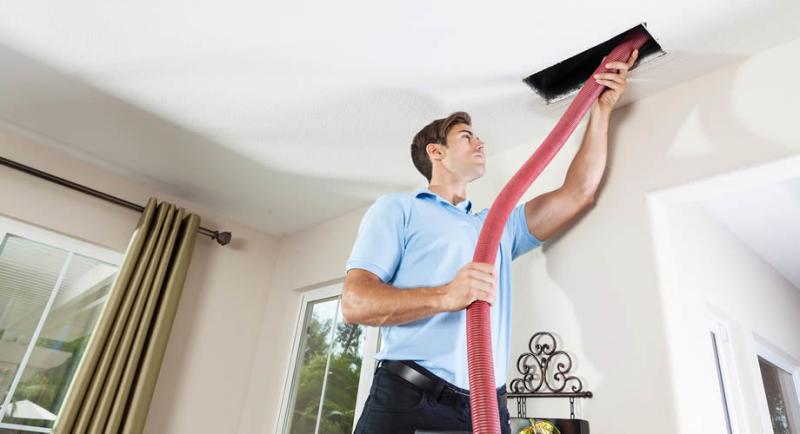As technology evolves, the HVAC industry has seen significant advancements aimed to improve energy efficiency, comfort, and scalability. One of these remarkable innovations is the VRF HVAC system. So, what is a VRF HVAC system? VRF or Variable Refrigerant Flow systems are a type of heating, ventilation, and air conditioning (HVAC) technology that can tailor the temperature of each room through modular, energy-efficient means.

The Concept Behind VRF HVAC Systems
VRF systems are essentially an advanced version of the traditional split air conditioning systems. They come with a series of indoor units connected to a single outdoor unit. The ‘variable refrigerant flow’ aspect means that the outdoor unit can modulate the refrigerant volume flowing to each of the indoor units, ensuring precise control over the temperature in each room.
For homeowners and business owners, particularly those managing large spaces, understanding what is a VRF HVAC system can lead to informed decisions, optimizing both comfort and operational efficiency.

Benefits of VRF HVAC Systems
Energy Efficiency
One of the standout features of VRF HVAC systems is their energy efficiency. They use inverter compressors that can adjust the speed to match the exact cooling demand. This ensures that no energy is wasted and leads to significant energy savings.
Flexibility and Scalability
VRF systems are highly flexible and scalable, making them an ideal solution for diverse settings, whether it’s a small home or a multi-story office building. The system can easily be expanded by adding more indoor units to meet growing needs.
Quiet Operation
Another benefit is the quiet operation of VRF HVAC systems. Traditional HVAC systems can be noisy, but VRF systems operate quietly, ensuring a peaceful environment whether at home or in the office.

Components of a VRF HVAC System
Outdoor Units
The outdoor units are the heart of a VRF system. They contain inverter compressors and are responsible for the variable flow of refrigerant.
Indoor Units
Indoor units can be of various types including wall-mounted, ceiling cassette, and ducted types, offering flexibility to suit different installation needs.
Refrigerant Piping
Refrigerant piping connects the indoor and outdoor units and is crucial for the variable refrigerant flow, making the entire system work efficiently.
Applications of VRF HVAC Systems
Residential Spaces
For homeowners, VRF systems offer a terrific solution for energy-efficient and comfortable living spaces. You can control the temperature of each room individually, giving you a personalized experience.
Commercial Buildings
In commercial settings, VRF systems are highly advantageous. They can significantly reduce energy costs, and their modular nature makes them easy to scale for large buildings.

How to Maintain a VRF HVAC System
Regular Inspections
Regular inspections are crucial for maintaining the efficiency and longevity of VRF systems. Hiring professionals for routine check-ups ensures that the system runs smoothly.
Cleaning the Filters
Dirty filters can hinder the system’s performance. It’s important to clean or replace filters regularly to maintain optimal airflow.
Checking Refrigerant Levels
Ensuring the refrigerant levels are correct is essential for the system’s efficiency. Low levels can lead to poor performance and increased energy consumption.
Cost Implications of VRF HVAC Systems
The initial cost of installing a VRF system can be high compared to traditional HVAC systems, but the long-term benefits including energy savings and low maintenance costs make it a worthwhile investment.
Installation Process
The installation of VRF systems involves connecting multiple indoor units to a single outdoor unit via refrigerant piping. While it may seem complex, professional installation ensures the system operates efficiently.
Planning and Design
A detailed planning phase is essential to ensure the system is tailored to meet the specific needs of your home or business.
Professional Installation
Hiring experienced professionals is crucial for the proper installation of VRF systems. This ensures that the system is set up correctly and functions optimally.
Comparing VRF with Traditional HVAC Systems
Energy Consumption
When comparing VRF systems to traditional HVAC systems, one of the most significant differences is in energy consumption. VRF systems use less energy, leading to cost savings.
Space Utilization
VRF systems require less space for their components, offering a sleek and modern solution compared to bulky traditional HVAC units.
Temperature Control
Unlike traditional systems, VRF systems provide precise temperature control for each room, enhancing comfort levels significantly.
Future Trends in VRF HVAC Technology
As technology advances, VRF systems are expected to become even more energy-efficient and user-friendly. Integration with smart home technologies is also on the horizon.
Read [about marketing automation](https://ductcleaninggilbert.com/the-future-of-marketing-automation/) for insights on future trends.
FAQs
How energy-efficient are VRF HVAC Systems?
VRF HVAC systems are highly energy-efficient, utilizing inverter compressors to adjust refrigerant flow based on demand. This reduces energy waste and lowers operating costs.
Are VRF systems suitable for residential use?
Yes, VRF systems are suitable for both residential and commercial use. They offer personalized temperature control for each room, making them a great fit for homes.
What is the maintenance cost of a VRF system?
While VRF systems have a higher initial cost, their maintenance costs are relatively low. Regular inspections and filter cleanings are generally sufficient to keep them running efficiently.
For more information on the [best air duct cleaning equipment](https://ductcleaninggilbert.com/what-is-the-best-air-duct-cleaning-equipment/), visit this link.
For [simple cast iron salmon](https://dishnthekitchen.com/simple-cast-iron-salmon/), click here.
As an Amazon Associate, I earn from qualifying purchases.
